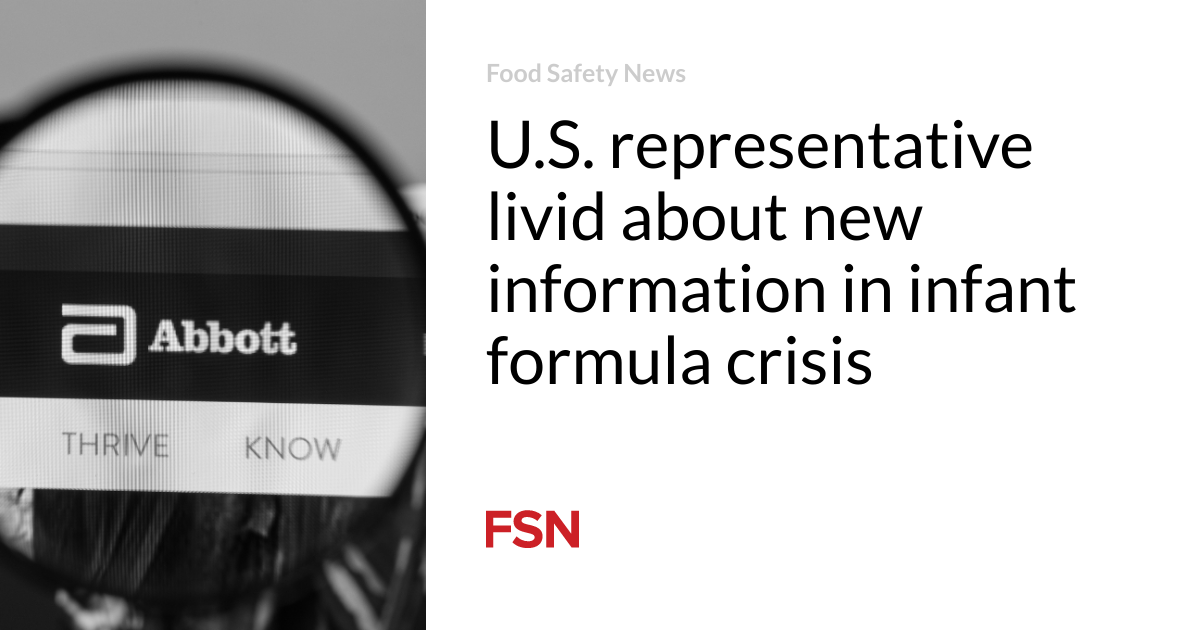A new study from the Colorado School of Public Health shows investment in public health programs helps prevent the spread of foodborne illnesses.
The study, publishing in the Emerging Infectious Diseases Journal, evaluated the structural and outbreak factors associated with reporting foodborne outbreaks. The study found that the number and types of foodborne outbreaks reported varied substantially across states. The high reporting states reported four times more outbreaks than low reporting states.
Outbreaks reported to national surveillance provide important information about the foods associated with illnesses and can help improve the safety of food.
Alice White, senior research instructor in the department of epidemiology on the University of Colorado Anschutz Medical Campus, said “Investments in public health programming produce large benefits, including increasing the number of foodborne outbreaks reported to national surveillance. This helps officials better identify foodborne disease patterns throughout the country which is important so that actions can be taken to help stop disease from spreading. Our results found per capita infectious disease funding was associated with increased reporting, indicating that investments in state public health programming measurably affect outbreak reporting.”
This study was done using results the CDC’s Foodborne Disease Outbreak Reporting Surveillance System had recorded from 2009-2018.
According to the paper, states with less funding reported fewer foodborne illness outbreaks.
This indicates that some areas do not have enough resources in place to detect and investigate every potential foodborne outbreak.
White says investments in public health programming, particularly at state and local public health agencies, should continue and increase to improve reporting to national outbreak surveillance.
To find out more, the researchers’ next step is to dive into the available data and analyze if states who grew in funding over the 10-year period also increased their ability to report outbreaks.
The full study can be found here.
Quick response study
Another related study in the Emerging Infectious Diseases Journal, shows how responding quickly to food illness outbreaks can save lives and money.
The study, led by CDC Health Scientist Bradford Greening, examined the response of a 2018 Salmonella Typhimurium outbreak associated with packaged chicken salad. The authors of the study estimated that officials were able to avert 106 cases and $715,458 in medical costs and productivity losses.
According to the study, in 2018, the University of Iowa’s state hygienic laboratory noticed a significant increase in Salmonella in stool samples. The Foodborne Rapid Response team of the Iowa Department of Public Health (IDPH) was then able to identify the source of the outbreak as prepackaged chicken salad sold by a Midwest grocery store chain.
In total, the outbreak was reported in 8 states, with 265 cases of illness. In Iowa there were 240 cases, including one death and 94 hospitalizations.
Using “cost of illness” estimates for nontyphoidal Salmonella generated by the United States Department of Agriculture/Economic Research Service, the study estimated the economic costs to society averted by responding rapidly to this outbreak.
Quantifying and communicating effects such as the amount of illness and economic costs prevented by response and prevention efforts to policymakers and other appropriate audiences using a clear and systematic approach helps to show the value in investing in a robust, responsive, and collaborative public health infrastructure.
The full study can be found here.
(To sign up for a free subscription to Food Safety News, click here.)












